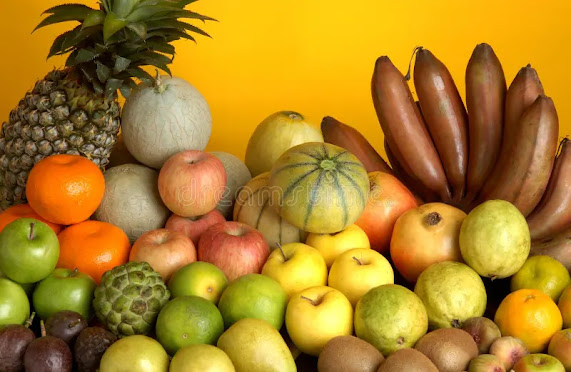(( Combining fish and eggs in the same meal ))
is a topic that has fascinated many people due to cultural beliefs, nutritional science, and culinary practices. While some individuals and cultures may be skeptical about eating fish and eggs together, it is essential to delve deeper into the reasons behind these beliefs and understand the scientific and culinary implications of this combination. # Nutritional perspective From a nutritional perspective, both fish and eggs are highly valued for their dense nutrient content. Fish, especially fatty varieties like salmon, mackerel, and sardines, are rich in omega-3 fatty acids, which are important for brain health, reducing inflammation, and supporting heart health. Additionally, fish is an excellent source of lean protein, vitamin D, and essential minerals like iodine and selenium. On the other hand, eggs are also packed with high-quality protein and contain essential vitamins and minerals like vitamin B12, vitamin D, choline, selenium, and phosphorus. Egg yolks are particularly rich in nutrients, including fat-soluble vitamins such as A, D, E and K and healthy fats. When eaten together, fish and eggs provide adequate amounts of protein, healthy fats, vitamins and minerals, contributing to a balanced and nutritious diet. There is no scientific evidence to suggest that consuming these two together will cause any harm. In fact, they can complement each other, providing the full range of essential amino acids and nutrients. # Culinary and Gastronomic Perspective In the culinary world, the combination of fish and eggs is not only common but often celebrated. Various cuisines around the world have dishes that include both fish and eggs, which shows that this combination can be delicious and nutritious. For example, a classic French dish, "oeufs a la neige," consists of boiled eggs served with smoked salmon, while Japanese cuisine offers "tamago nigiri," a type of sushi made with an omelet and often served with seafood such as eel or shrimp. In Scandinavian cuisine, boiled eggs are often served with pickled herring or smoked salmon. Chefs often combine fish and eggs because the textures and flavors complement each other. The richness of eggs can balance the delicate or bold flavors of different types of fish, creating a more complex and satisfying dish.
(( Addressing Common Myths ))
There are many myths and misconceptions about mixing fish and eggs. In some cultures, it is believed that eating fish and eggs together can cause health problems such as skin problems or digestive discomfort. However, these claims have no scientific basis. These beliefs often arise from cultural traditions or anecdotal evidence rather than scientific research. The body's digestive system is perfectly capable of processing both fish and eggs together without any adverse effects. Also, concerns about allergies may arise when mixing fish and eggs as both are common allergens. However, this does not mean that they cannot be eaten together. If a person is allergic to fish or eggs, he or she should avoid consuming the foods that cause the allergy. However, for most people without such allergies, there is no harm in eating the two together. # Health Considerations and Safety Although there is no inherent danger in eating fish and eggs together, there are a few things to keep in mind: 1. **Food Safety**: Make sure both fish and eggs are cooked properly to avoid the risk of foodborne illnesses. Fish should be cooked to an internal temperature of 145°F (63°C), and eggs should be cooked until both the white and yolk are firm, especially for vulnerable populations such as pregnant women, young children, is and the elderly. 2. **Source and Quality**: Choose high-quality, fresh fish and eggs from reliable sources. Fresh fish and organic, free-range eggs are preferable to ensure the best nutritional benefits and reduce the risk of contaminants such as mercury in fish or antibiotics in eggs.
(( 3. **Balance and Moderation** ))
As with any other food combination, moderation is key. Fish and eggs are both rich in protein, so they should be balanced with other food groups such as vegetables, fruits, and whole grains to ensure a balanced diet. # Benefits of Combining Fish and Eggs Combining fish and eggs in meals can provide many benefits: *High-quality protein**: Both fish and eggs are excellent sources of protein, containing all the essential amino acids needed by the body. This makes them ideal for muscle repair, growth, and overall body maintenance. *Nutrient diversity**: Together, they provide many vitamins and minerals such as vitamin D, B vitamins, selenium, iodine, and choline. These nutrients are important for maintaining overall health, including brain function, bone health, and metabolism. *Versatility in cooking**: Fish and eggs can be prepared in many ways.






.jpg)

.jpg)


.jfif)
.jfif)





.jfif)




.jfif)





.jfif)
.jfif)

